I-Rod® FAQs
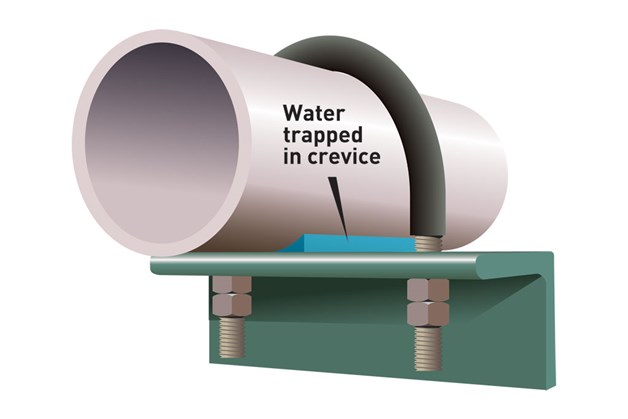
What causes corrosion at pipe supports?
A crevice between pipe and support will trap water. Since the water cannot escape, it creates corrosion that rapidly causes wall loss. The pattern of crevice corrosion is very recognizable as it spreads from the point of initial paint failure.
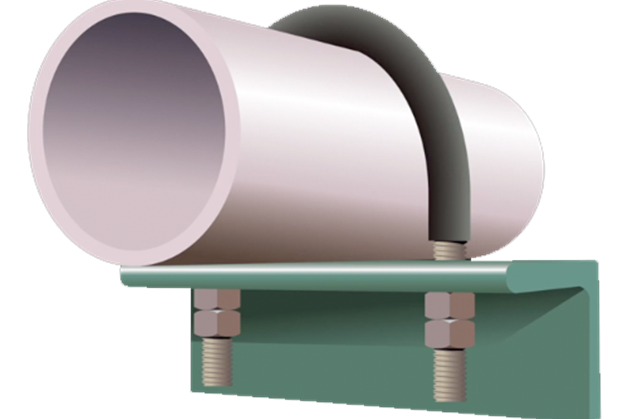
How does I-Rod work?
I-Rod prevents a crevice from forming. When the pipe is supported with I-Rod®, the contact point is minimized so that there's no crevice. Water can't be trapped, so corrosion no longer occurs. When I-Rod® is used, air can circulate and evaporate moisture beneath pipes, and it's far easier to inspect the contact area. I-Rod® also electrically isolates the pipe and support, so there's no contact between dissimilar metals.
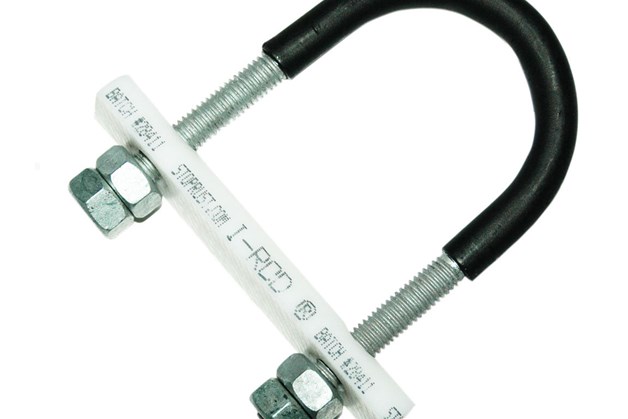
What is the difference between an I-Rod® pipe support and a Nu-Bolt™?
I-Rod® thermoplastic is the white, half-round rod we use for all types of pipe supports, and that’s why we call the brand I-Rod®. A Nu-Bolt™ assembly is simply one form of an I-Rod® pipe support. The Nu-Bolt™ is one piece of I-Rod® fitted on a coated U-bolt with 4 nuts.
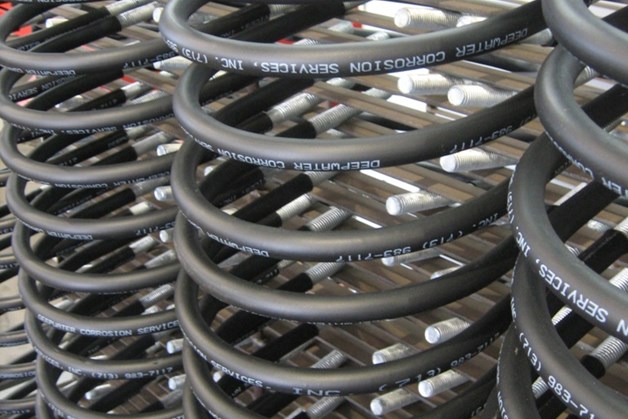
Is the material on a Nu-Bolt® neoprene?
No. It is a cross-linked, heat-shrinkable polyolefin material. Neoprene would have to be vulcanized to stick to the U-Bolt; as a result, it would deform too much and cause problems with moisture retention. The purpose of the heat-shrink is to minimize damage to the pipe coating during installation.
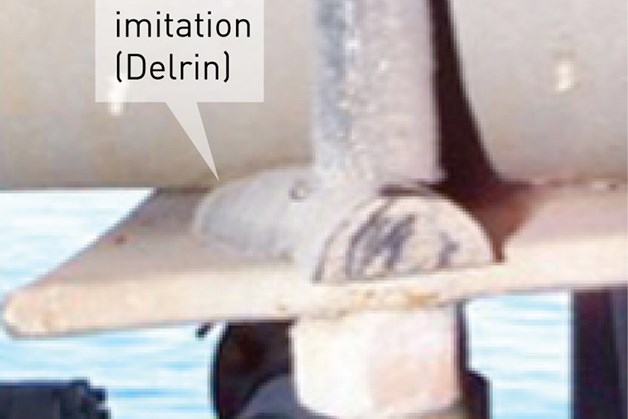
Is I-Rod® made of Teflon®?
No. I-Rod® is a high-impact thermoplastic material. Teflon and Delrin are commonly used to try to copy I-Rod®, but both fail, causing dangerous pipe corrosion. Teflon does not function due to lack of compressive strength. To see examples of I-Rod® imposters made of Teflon that have failed in the field, visit the Press Release section.
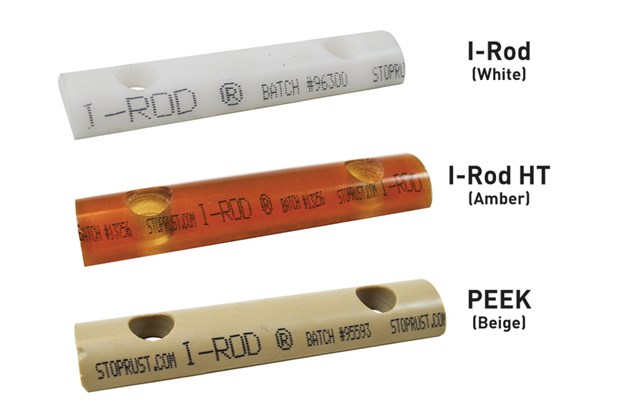
What is I-Rod’s maximum operating temperature?
Standard I-Rod® (white) up to 181ºF (83ºC). I-Rod® HT (amber) up to 340ºF (171ºC). PEEK™ (beige) up to 480ºF (249ºC). Normally, at temperatures above 90°C (194°F), crevice corrosion is not a problem because moisture will evaporate. However, pipes are still susceptible to corrosion when temperatures drop. Standard I-Rod® will perform in environments that sometimes rise to 120°C (250°F) for short durations (less than 24 hours), but may experience some slight deformation at the contact area. For higher operating temperatures, we have I-Rod® HT (amber) and PEEK (beige).
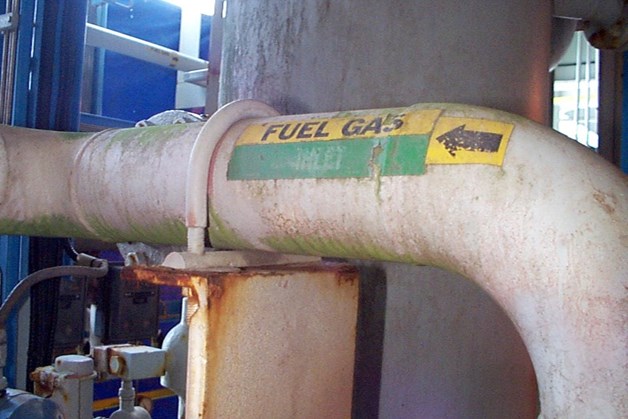
How long will I-Rod® last?
Depending on conditions, I-Rod® design life is conservatively estimated at 15-25 years. I-Rod’s tough, durable thermoplastic material will provide many years of protection against crevice corrosion, potentially longer than the operational life of many process piping systems. Since we have never had a reported I-Rod® failure, I-Rod's maximum life is still unknown. The first I-Rod® and Nu-Bolt™ assemblies were installed offshore by Exxon in the late 1980s. We had the opportunity to re-visit the platform for inspections after 13 years in service and again at 28 years after installation, and the I-Rod® was still performing well.
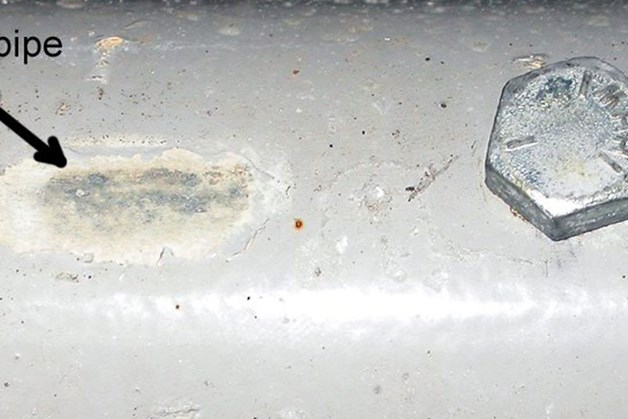
How wear-resistant is I-Rod®?
A test conducted by an independent laboratory in 2003 confirmed I-Rod's exceptionally good wear resistance. After simulating 27 years of movement (left), the I-Rod had minimal wear and had only worn through the top coating layer on the pipe, not yet getting into the primer. After 58 years, the I-Rod® had worn a bit more and worked through the pipe coating to the primer. At 125 years, the I-Rod® developed a small flat spot and had rubbed through the pipe's primer to bare metal.
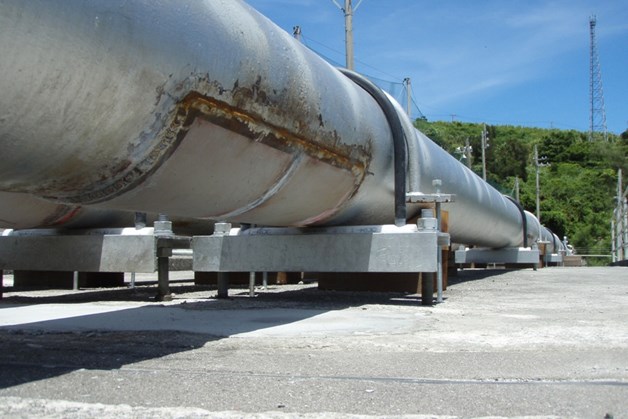
Does the I-Rod® create a stress-raising point on the pipe?
No, not if the piping is correctly supported along its length. If there is noticeable sagging between support points, then the pipe is being overstressed and inadequately supported. Note: I-Rod® has been used on hundreds of thousands of pipe supports for over 30 years, and we have never seen a problem.
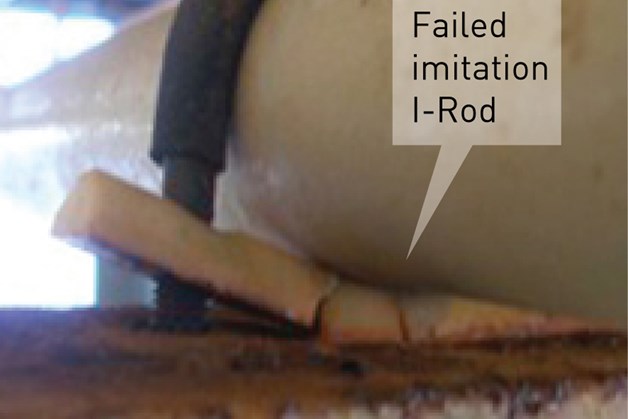
Why should I buy genuine I-Rod® instead of a generic plastic alternative?
I-Rod® products are manufactured from extremely durable materials able to support enormous amounts of weight without creeping over time. While conducting offshore inspections, our technicians routinely discover imitations of I-Rod® that have broken or crushed, leaving pipes dangerously unprotected. If an engineer specifies genuine I-Rod®, then that is what they expect to receive. Imitations are not necessarily equivalent and while they are slightly cheaper, the damage they can cause is a lot of liability to take on. Don't expose yourself to the costs of a dangerous pipe support failure; always buy genuine I-Rod®.
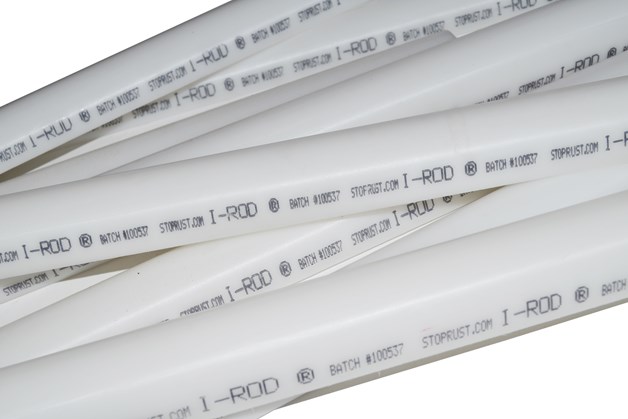
How do I know I’m buying I-Rod® and not some inferior copy?
Every shipment of I-Rod® is traceable, and is sent with a certificate of authenticity. All I-Rod® is distinctly marked with the trademark and the unique batch number.
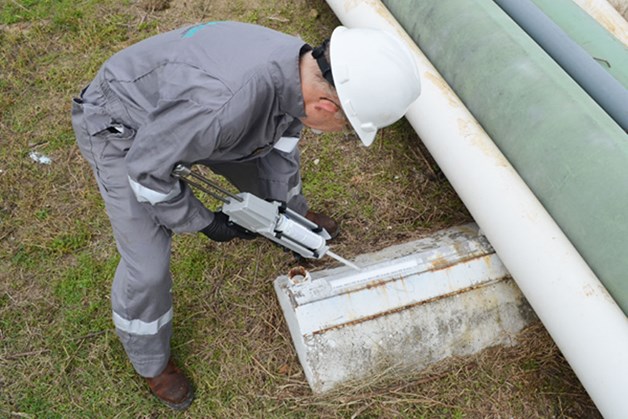
How can I secure the I-Rod® to the beam? Is there a glue I can use?
Our double-sided tape works well for initial fastening. Otherwise, it should be mechanically fastened to the beam or secured with I-Rod® adhesive:
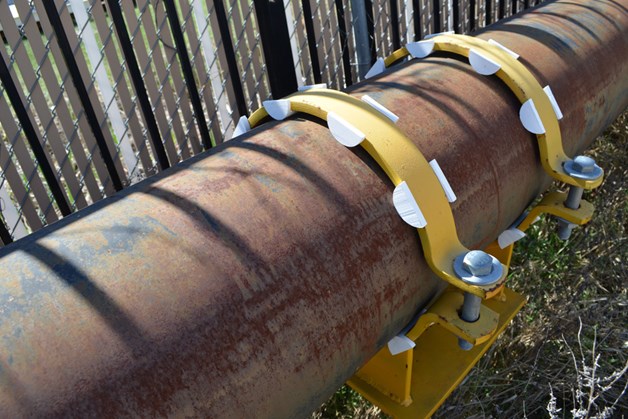
What is an I-Rod® Clip?
I-Rod® Clip is a newer product used to line pipe shoes, saddle clamp-style supports and Grinnell clamps. Made of the same thermoplastic material (I-Rod®), it is designed to prevent crevice corrosion at more substantial weight-bearing supports. It is available in sizes to fit standard Grinnell clamps and pipe cradles. It can also be custom-sized or pre-installed in Grinnell clamps.